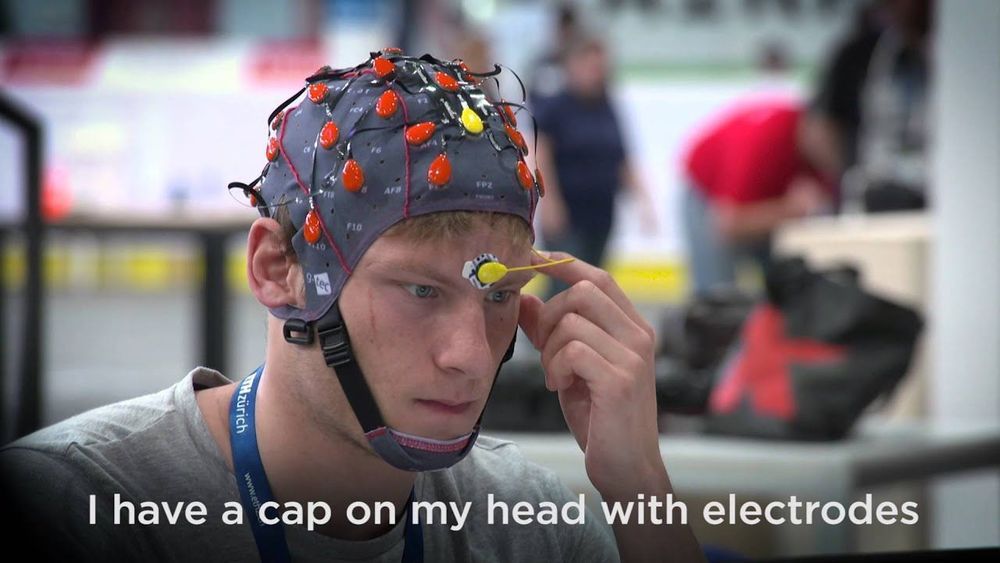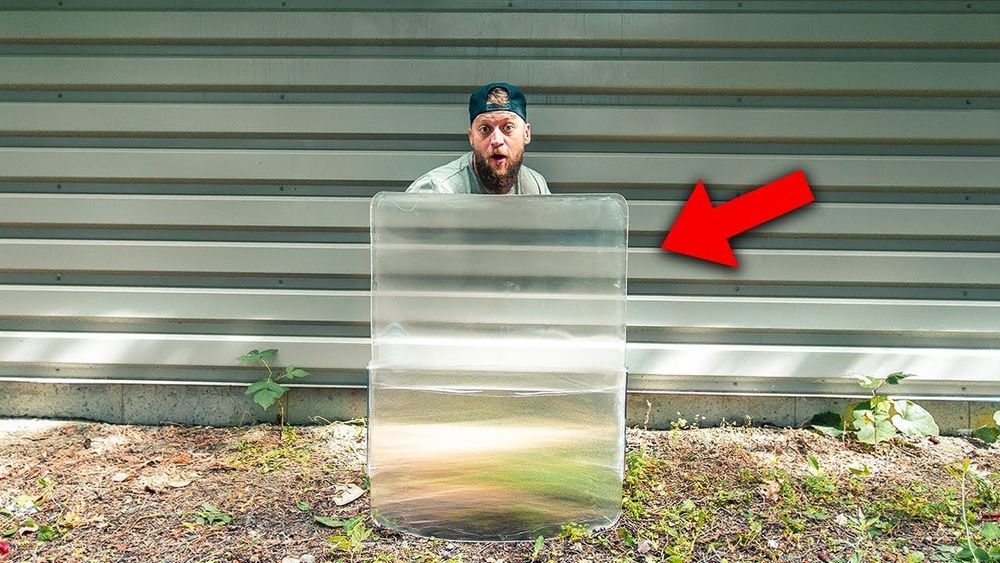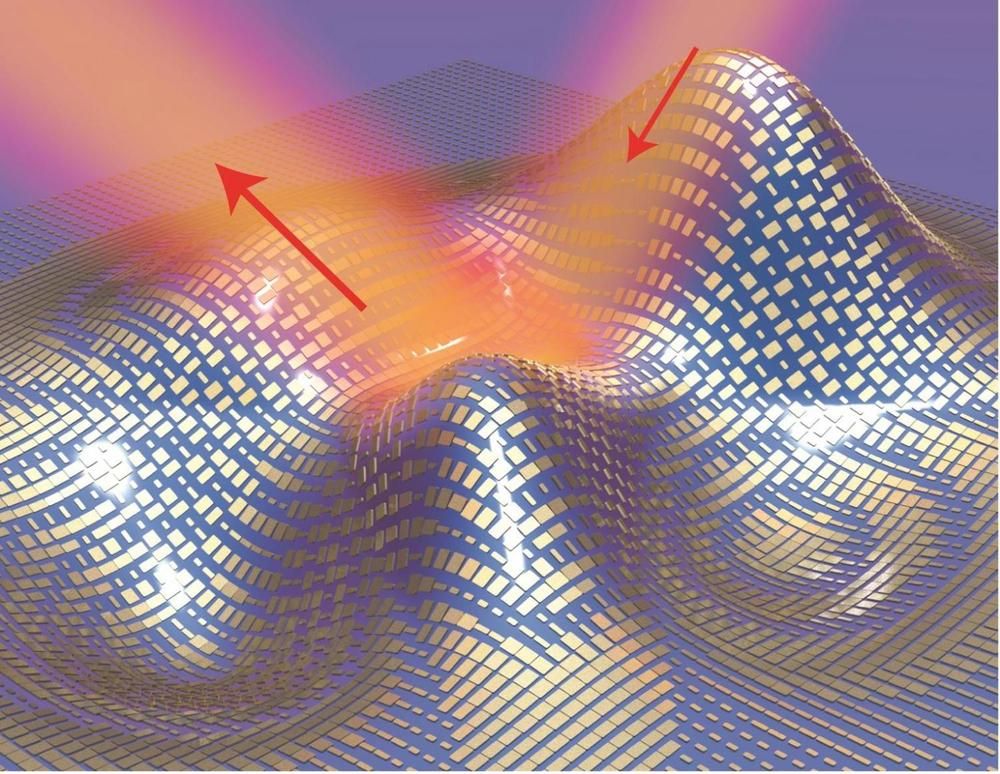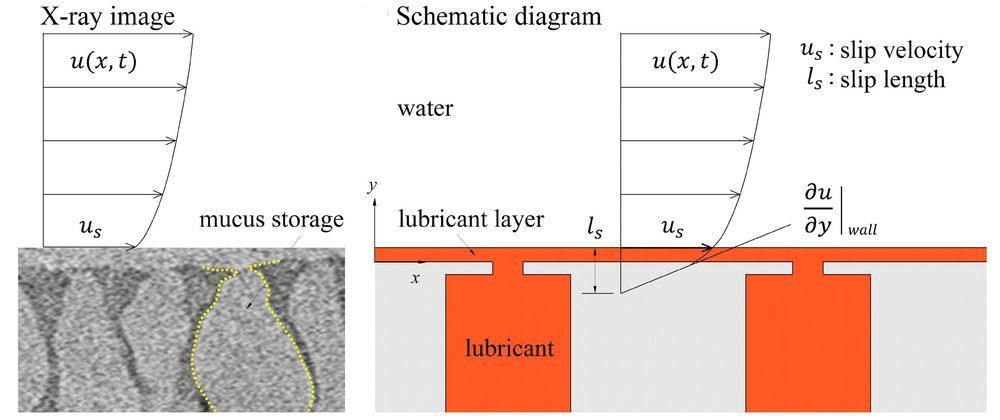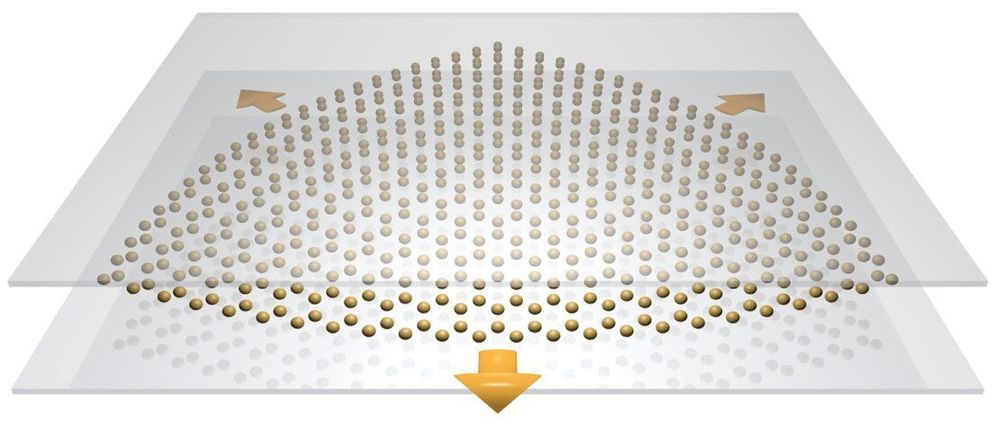The is a multi-sport event, an international competition in which people with physical disabilities compete against each other to complete everyday tasks using state-of-the-art technical assistance Systems (“pilots”). Besides the actual competition, the offers a platform to drive forward research on assistance systems for everyday use, and to promote dialogue with the public.
The first organised by the Swiss Federal Institute of Technology in Zurich (ETH Zurich) took place in the Swiss Arena in Kloten north of Zurich in Switzerland on 8 October 2016 and was the first international competition of this kind.[1][2][3] 66 pilots from 25 nations competed in front of a stadium with approximately 4600 spectators.
The next takes place on 13–14 November 2020 in a new format at the teams’ home base instead of in the Swiss Arena in Kloten, Zurich as it had been planned[4]. This is due to the COVID-19 pandemic which requires measures such as social distancing to be adhered. Termed the “Global Edition”, teams will set up their infrastructure for the competition at their home base and capture their races on video instead of competing physically next to each other in Zurich. officials will supervise the pilots which will start individually [5].
